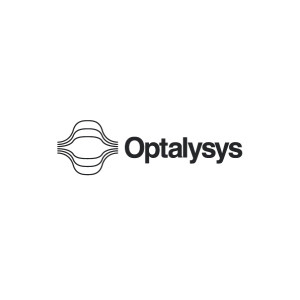 Today Cambridge University spin-out Optalysys announced that the company has been awarded a $350k grant for a 13-month project from the US Defense Advanced Research Projects Agency (DARPA). The project will see the company advance their research in developing and applying their optical co-processing technology to solving complex mathematical equations. These equations are relevant to large-scale scientific and engineering simulations such as weather prediction and aerodynamics.
Today Cambridge University spin-out Optalysys announced that the company has been awarded a $350k grant for a 13-month project from the US Defense Advanced Research Projects Agency (DARPA). The project will see the company advance their research in developing and applying their optical co-processing technology to solving complex mathematical equations. These equations are relevant to large-scale scientific and engineering simulations such as weather prediction and aerodynamics.
We are reaching the limits of what traditional silicon-based processors can deliver,” said Dr Nick New, CEO and Founder of Optalysys. “Moore’s Law is breaking down and traditional computing methods are approaching their limits in terms of cost and capability. The Optalysys technology is built on the well established principals of Fourier and Diffractive optics but we use them in combination with advanced high resolution microdisplays. We are creating a cost-effective solution that can be scaled beyond the levels of traditional electrical computers and can be integrated with existing desktop and HPC architectures.”
The Optalysys technology is extremely energy efficient, using light rather than electricity to perform intensive mathematical calculations. The company aims to provide existing computer systems with massively boosted processing capabilities, with the aim to eventually reach exaflop rates (a billion billion calculations per second). The technology operates at a fraction of the energy cost of conventional high-performance computers (HPCs) and has the potential to operate at orders of magnitude faster.
The project’s goal is to lay the groundwork for producing optical processing systems that are capable of high-end tasks used in computational fluid dynamic simulation models such as Direct Numerical Simulation(1.) and Large Eddy Simulation (2.).
We are developing the technology specifically to help speed up research and analysis for organisations that are trying to help solve some of the world’s biggest problems so having the chance to work with DARPA in this way is an exciting step forward for us.”
The Optalysys technology is currently developed to Technology Readiness Level 5 (TRL5), and is being developed for use primarily in the field of genetic sequencing, as part of a UK government funded project in collaboration with The Genome Analysis Centre (TGAC) in Norwich, UK.
In this video from the Disruptive Technologies Session at the 2015 HPC User Forum, Nick New from Optalysys describes the company’s optical processing technology.



